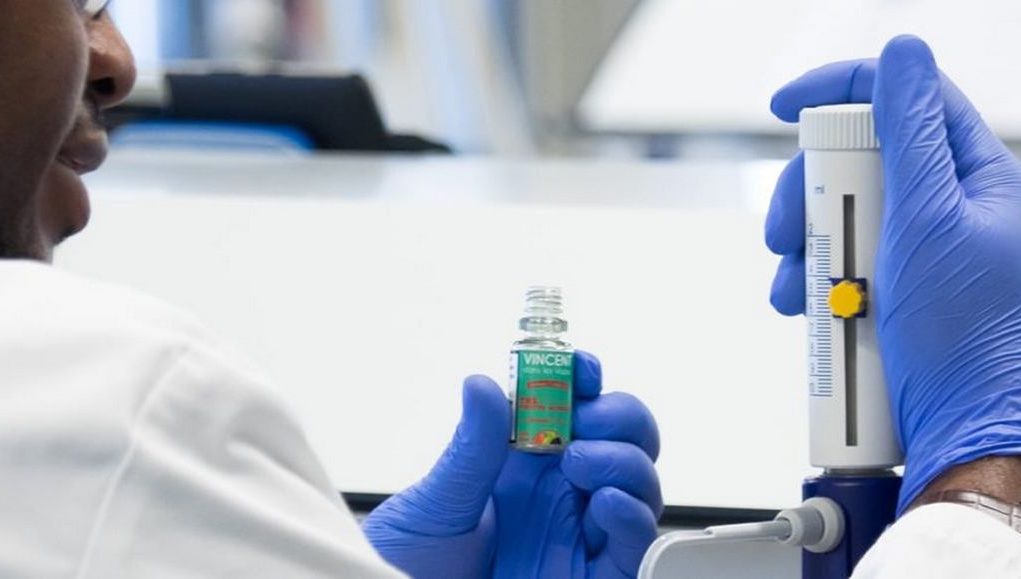A recent BBC report said that vapes confiscated at Baxter College in Kidderminster and tested in a laboratory were found to contain high levels of lead, nickel and chromium. A total of 18 vapes were tested by the Inter Scientific laboratory, in Liverpool, most of which were illegal and therefore unregulated.
Lab co-founder David Lawson said that these dangerous products should not be on the market. “In 15 years of testing, I have never seen lead in a device. None of these should be on the market – they break all the rules on permitted levels of metal.”
On the other hand, a study titled, “A Critical Review of Recent Literature on Metal Contents in E-Cigarette Aerosol,” reviewed laboratory studies reporting levels above toxicological markers for some metals (e.g., nickel, lead, copper, manganese) published after 2017.
The research team concluded that all the included studies shared similar experimental flaws: “(i) high powered sub-ohm tank devices tested by means of puffing protocols whose airflows and puff volumes are conceived and appropriate for low powered devices; this testing necessarily involves overheating conditions that favor the production of toxicants and generate aerosols that are likely repellent to human users; (ii) miscalculation of exposure levels from experimental outcomes; (iii) pods and tank devices acquired months and years before the experiments, so that corrosion effects cannot be ruled out; (iv) failure to disclose important information on the characteristics of pods and tank devices, on the experimental methodology and on the resulting outcomes, thus hindering the interpretation of results and the possibility of replication.”
In light of these factors, the research team offered some useful guidelines for a more objective risk assessment of EC aerosol emissions. They also highlighted the necessity to upgrade current laboratory testing standards.
Flawed reporting
Meanwhile, an infamous 2018 study suggesting the presence of toxic levels of metals in e-liquids, had made headlines and was quoted by numerous articles, prompting tobacco harm reduction expert Dr. Konstantinos Farsalinos, to speak out.
Farsalinos who has been conducting laboratory and clinical research as lead researcher on e-cigarettes since 2011, said that the alleged “significant amount” of metals the authors reported finding were measured in ug/kg. He explained that this means that the levels found are very low.. “so low that for some cases (chromium and lead) I calculated that you need to vape more than 100 ml per day in order to exceed the FDA limits for daily intake from inhalational medications,” he revealed.
Farsalinos pointed out that unfortunately this is once again a case of misinterpreted data and findings that are taken out of context. “The authors once again confuse themselves and everyone else by using environmental safety limits related to exposure with every single breath, and apply them to vaping. However, humans take more than 17,000 (thousand) breaths per day but only 400-600 puffs per day from an e-cigarette.”
U.S. study reported finding irregularities with flavour contents
In other news, a recent study funded by the FDA’s Center for Tobacco Products and published in BMJ’s Tobacco Control, reported finding high levels of sweet and fruit-flavoured chemicals in e-liquids which are meant to be ‘tobacco-flavoured.
The study author examined ‘tobacco flavoured’ e-liquids checking their contents for chemicals normally found in fruit and candy vape flavours. They compared the number and amount of flavour chemicals in 63 ‘tobacco-flavoured’ e-cigarette refill fluids purchased between 2011 and 2019 and 2 popular pod-style e-cigarette brands—JUUL and Puff.
The compiled data indicated that tobacco-flavoured products purchased in 2010 and 2011 had very few flavour chemicals, while 63% of the e-liquids bought before 2019 had levels of flavour chemicals below 2 mg/ml, and 84% were below 5 mg/ml.
The 5 most frequently used flavour chemicals in ‘tobacco flavoured’ e-liquids were predominantly fruity and caramellic: ethyl maltol (sweet or caramel, 60%); corylone (caramellic, maple, 44%); menthol (33%); vanillin (25%), maltol and triacetin (fruity, creamy, 24%).
Another comprehensive literature review looking at peer-reviewed studies about flavours published between 2007 and August 2020, concluded that higher nicotine concentrations and desert vape flavours, may facilitate the switch from smoking to vaping.












